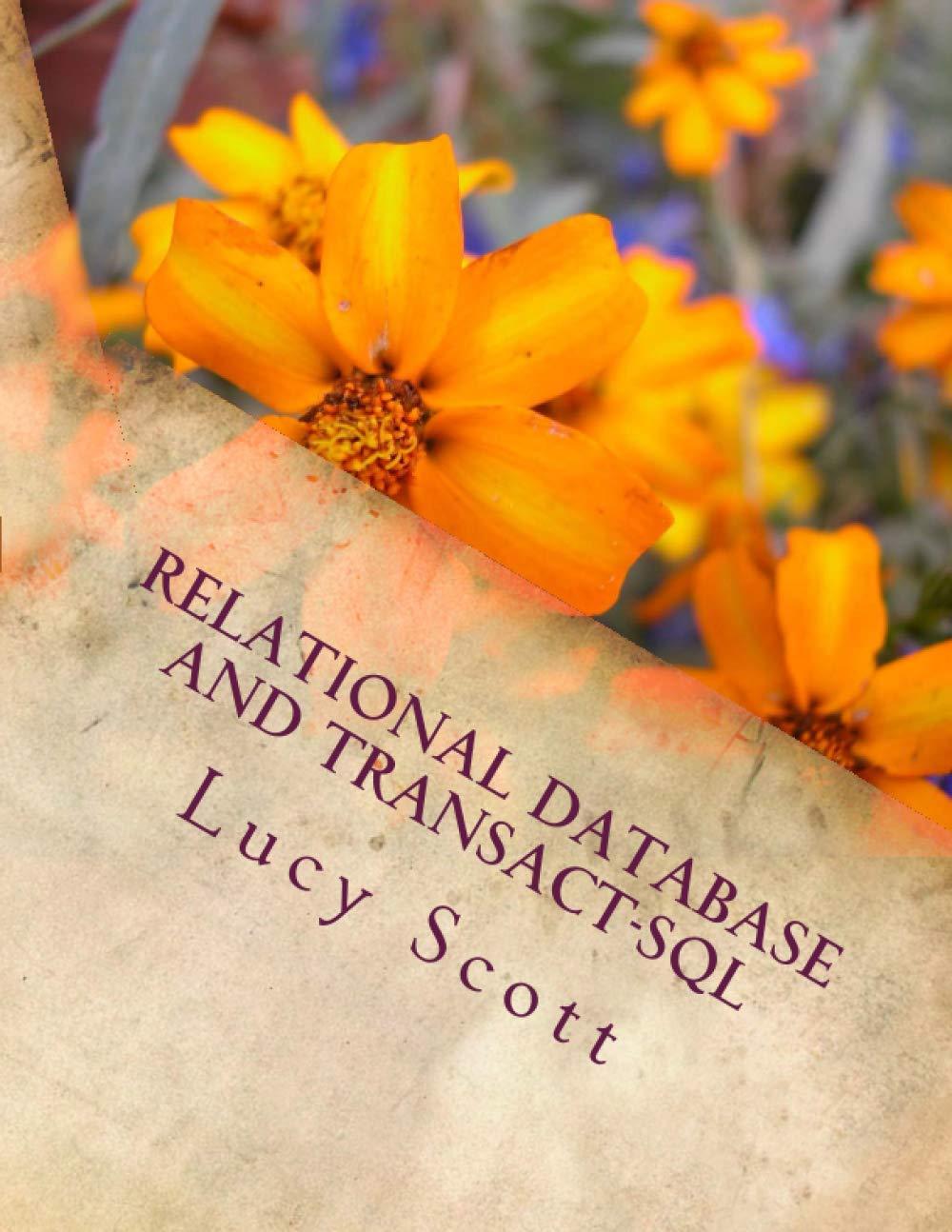Question
for this java code please do the TODO it is basis. So hint well in the Stack.java this code well on the bottom class EmptyQueueE
for this java code please do the "TODO" it is basis. So hint well in the "Stack.java" this code well on the bottom
class EmptyQueueE extends Exception {}
abstract class Queue { abstract void enqueue (E elem); abstract void dequeue () throws EmptyQueueE; abstract E getFront () throws EmptyQueueE; }
// ------------------------------------------------ ----------------------
class SlowQueue extends Queue { // Our queue is represented by an object of our Stack class in Stack.java // So, for clarification, whenever the method docs ask to "modify our queue", // we are actually modifying this object. // Read Stack.java please:) private Stack stack;
/** * This initializes our private var "stack" to be a new EmptyS (see -Stack.java-) */ SlowQueue () {stack = new EmptyS<>();}
/** * Although the method itself does not return anything, enqueue modifies our queue by adding given element to the * end. Hint: look in -Stack.java- * * @param elem a generic element to be added to the queue */ void enqueue(E elem) { // TODO }
/** * This method should remove the first element of our queue. Hint: look in -Stack.java-. * * @throws ????? (throws what and why) */ void dequeue() throws EmptyQueueE { // TODO }
/** * getFront returns an element of **generic type**. * This method returns the first element of our queue by using -Stack.java-'s getFront() * * @return the removed first element of out queue, E * @throws ????? (throws what and why) */ E getFront() throws EmptyQueueE { try {return stack.getTop();} catch (EmptyStackE e) { throw new EmptyQueueE(); } } }
// ------------------------------------------------ ----------------------
class AmortizedQueue extends Queue { private Stack front, back; // enqueue in front; dequeue from back
/** * This method initializes our private vars "front" and "back" to be * a new EmptyS (see -Stack.java-) */ AmortizedQueue () { front = new EmptyS<>(); back = new EmptyS<>(); }
/** * Although the method itself does not return anything, enqueue modifies our queue by calling on * -Stack.java-'s push() on our front stack. * * @param elem a generic element to be added to the queue. we do this on front because we are enqueueing */ void enqueue(E elem) { front = front.push(elem); }
/** * This method should remove the first element of our queue. What we mean by "first" here is based off of the * queue's FIFO (first-in-first-out) structure. * That is: we cannot simply just remove from our enqueued "front". Why? * In order to complete this method, transfer everything from our front to our back whenever back DOES NOT * contain any elements. Then, dequeue (remove). * * Think about what would happen if we moved everything from front to back on every dequeue call. Would this process * still be considered amortized? Would this process still be correct? * * Use methods in -Stack.java- to help you deal with front and back. * * @throws ????? (throws what and why) */ void dequeue() throws EmptyQueueE { // TODO }
/** * Returns the first element in our queue. Similar to dequeue with maintaining the * 2 stacks; the only thing that changes here is that we are not removing the top, but instead returning the element * * @return the removed first element of out queue, E * @throws ????? (throws what and why) */ E getFront() throws EmptyQueueE { // TODO return null; } }
---------------------------------------------------------------------------------------------------------------------------------
class EmptyStackE extends Exception {} abstract class Stack { abstract boolean isEmpty (); // O(1) abstract int size(); // O(1) abstract Stack push (E elem); // O(1) abstract Stack pop() throws EmptyStackE; // O(1) abstract E getTop() throws EmptyStackE; // O(1) abstract Stack addLast (E elem); // O(N) abstract E getLast() throws EmptyStackE; // O(N) } class EmptyS extends Stack { boolean isEmpty() { return true; } int size() { return 0; } Stack push(E elem) { return new NonEmptyS<>(elem, this); } Stack pop() throws EmptyStackE { throw new EmptyStackE(); } E getTop() throws EmptyStackE { throw new EmptyStackE(); } Stack addLast(E elem) { return new NonEmptyS<>(elem, this); } E getLast() throws EmptyStackE { throw new EmptyStackE(); } public String toString () { return ""; } } class NonEmptyS extends Stack { private final E top; private final Stack rest; private final int size; NonEmptyS (E top, Stack rest) { this.top = top; this.rest = rest; this.size = rest.size() + 1; } boolean isEmpty() { return false; } int size() { return size; } Stack push(E elem) { return new NonEmptyS<>(elem, this); } Stack pop() { return rest; } E getTop() { return top; } Stack addLast(E elem) { return new NonEmptyS<>(top, rest.addLast(elem)); } E getLast() throws EmptyStackE { if (rest.isEmpty()) { return top; } else { return rest.getLast(); } } public String toString () { return String.format("%s; %s", top, rest.toString()); } } Step by Step Solution
There are 3 Steps involved in it
Step: 1

Get Instant Access to Expert-Tailored Solutions
See step-by-step solutions with expert insights and AI powered tools for academic success
Step: 2

Step: 3

Ace Your Homework with AI
Get the answers you need in no time with our AI-driven, step-by-step assistance
Get Started


